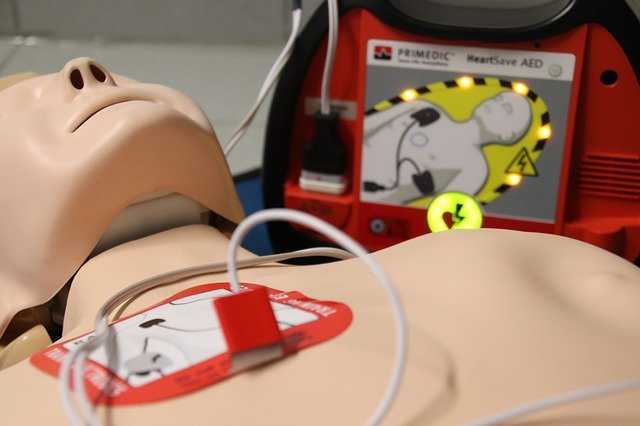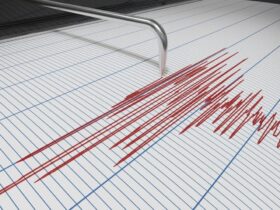The only way to save a person suffering from cardiac arrest is to intervene immediately using a defibrillator. Let’s find out more!
I defibrillators (or AEDs from the abbreviation in English) are technologically very advanced life-saving devices that allow you to immediately deliver an electric shock that starts the heart again.
In fact, during cardiac arrest, the electrical activity of the heart stops, the muscle stops pumping blood and oxygen to the brain and organs, and the person stops breathing and becomes unconscious. It therefore becomes essential to act already in the first moments immediately following the illness: the ISTAT data tell us that cardiac arrest in Italy affects about 60,000 people a year, and in most cases it proves fatal. Furthermore, cardiac arrest is the cause of 10% of total deathshe was born in 50% of all deaths caused by heart disease previous ones.
It therefore becomes very important to have a fully functional defibrillator at hand, so that you can intervene immediately in case of need.
Ma how an AED works e what you need to know about maintenance? Let’s find out what you need to do to have a defibrillator always working and how remote control is essential.
AEDs with remote control, what they are and how they work
The first important thing to know is that there are two types of defibrillators on the market, those automatic and those semiautomatic. The difference is very subtle: while automatic defibrillators require minimal intervention on the part of the rescuer (open the door of the AED to turn it on and apply the electrodes to the patient’s chest) since it is the AED itself that delivers the life-saving electrical shock, those semiautomatic will invite the rescuer to press a button when it is time to release the electricity.
First aid technology has made great strides in recent years and defibrillators are no exception. In fact, these are machines that are ever more precise and powerful than they can be easily used even by those inexperienced. In this sense also in Italy, fromAugust 2021the possibility of using an AED has also been extended to those who do not have a BLSD certificate: whoevertherefore, in case he witnesses a cardiac arrest and there are no people trained in first aid, he can intervene and try to save a life.
We therefore understand how important it is that the operation of defibrillators is increasingly intuitive and within everyone’s reach. We have seen how simple the use procedure is; as far as maintenance is concerned, what do we need to worry about?
Defibrillators, maintenance and remote control
Each defibrillator contains perishable parts: these are the pads (or electrodes) and batteries. As we have seen, in order to be used correctly in case of need, a AED is always on and runningwhich affects the battery life.
Even the electrodes, once used, must be replaced: they also have an expiration date, beyond which they may not work. On the plates, in fact, there is a support on which there is a patina of adhesive gel that acts as a conductor of the electric shock delivered. Over time, the gel tends to dry out and there is a risk that in case of need it will not perform its function.
But how to realize that the battery is running low or that the plates must be replaced?
It is the AED itself that reports any malfunctions, since it carries out daily control self-tests. All new generation defibrillators, like Mindray’s BeneHeart C series defibrillators, are equipped with remote control. What does it mean?
Remote control for defibrillators: how does it work and why is it useful?
How can we monitor the operation of the AEDs if we have more than one device in charge? This is where the remote management control that many brands, including Mindray, make available to their customers.
It is a service that allows you to always have all the information at hand we need, on each device, in real time. From the status of the AED to the history of the activities on the individual defibrillator, from geolocation to the expiration dates of pads and batteries, the system keeps track of all this fundamental information in real time and immediately communicates it.
This explains why a remote management control helps save more lives: constant and active maintenance 24/7 will ensure that each defibrillator is always active and functioning, thus preventing the devices from not working in case of need.
















Leave a Reply
View Comments